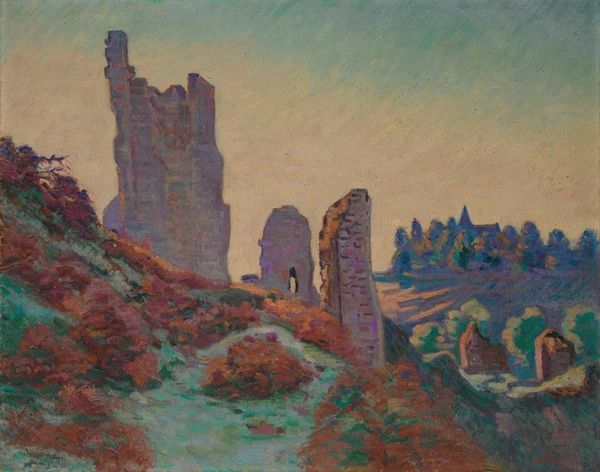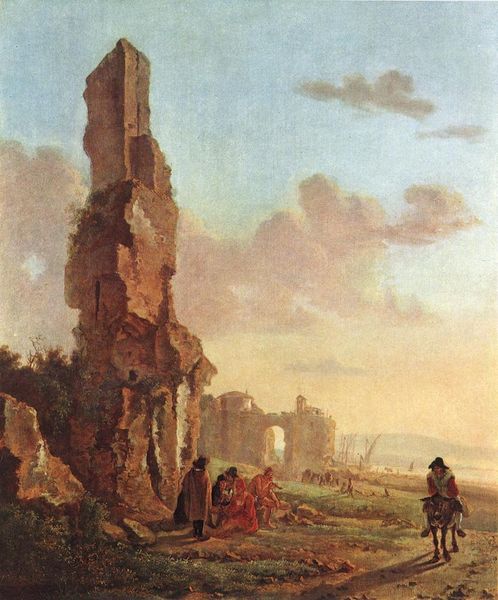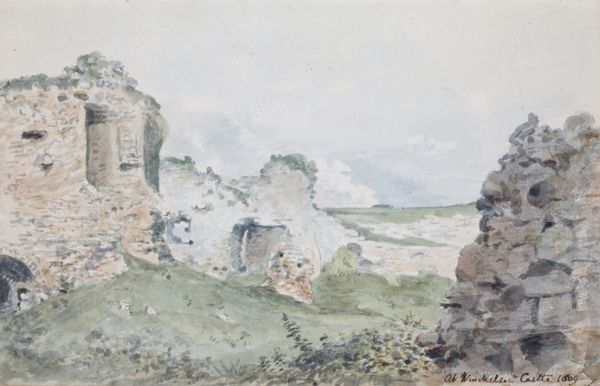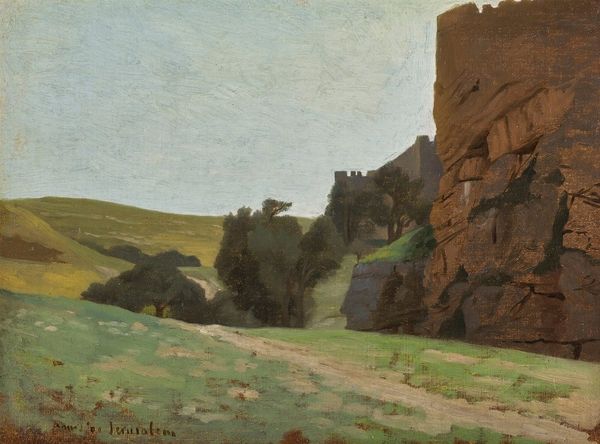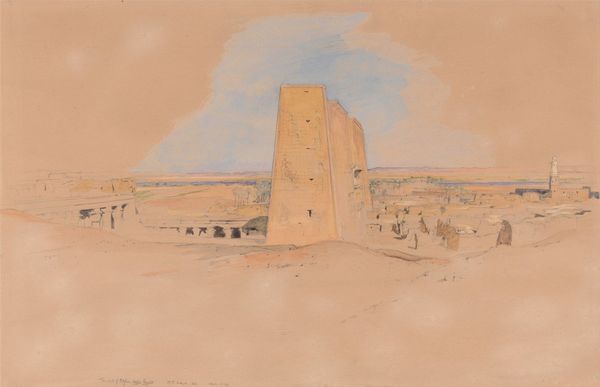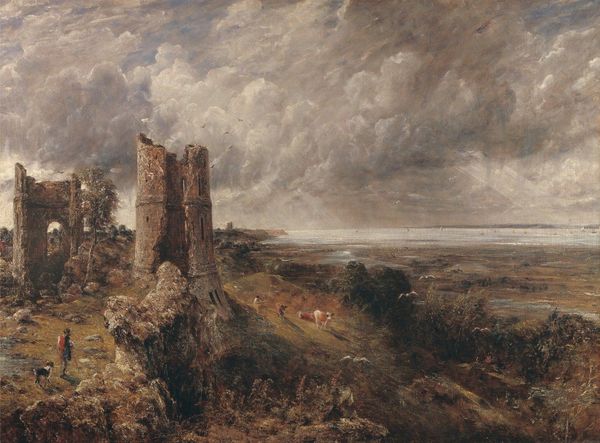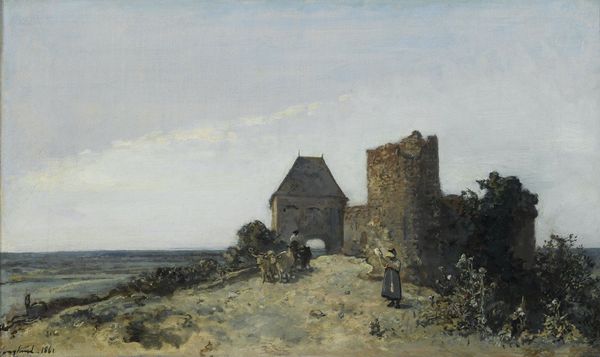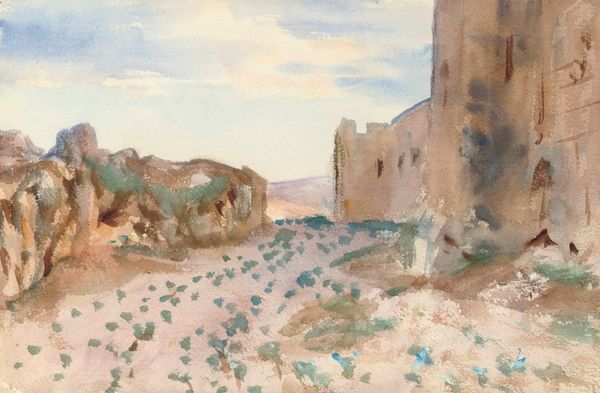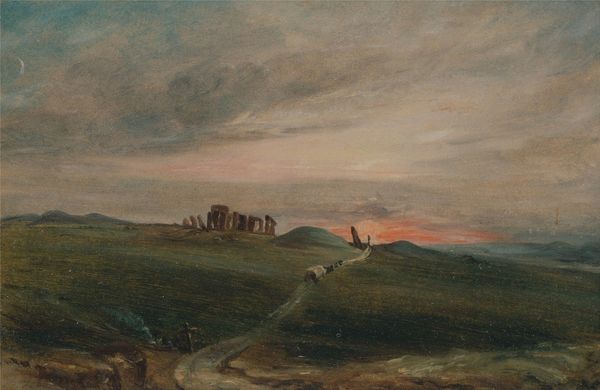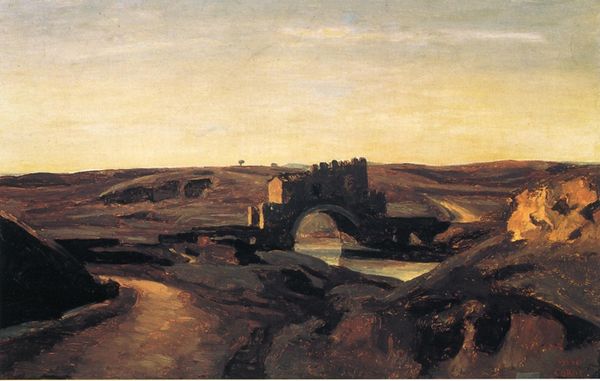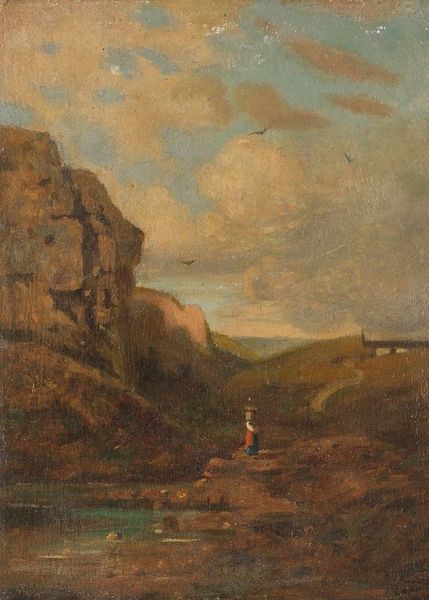
Copyright: Public Domain: Artvee
Albert Bierstadt made this oil on paper, Ruins-Campagna of Rome, most likely between 1853 and 1857, while he was traveling through Europe. He was one of many 19th-century artists fascinated by ruins and their cultural associations. Bierstadt was an American painter, but he was of German heritage. It was Germany, more than any other country, that spawned the philosophy of art history. In his painting, one can see the romanticizing of the past, of antiquity. Ruins signified the glory of what was and the decline of what is. Ruins were thus connected to the contemporary condition. The painting asks the viewer to consider how the present is always shaped by the past. To understand Bierstadt’s vision, art historians could look to travelogues, landscape painting, and the grand tour. The value of art is that it allows one to understand the political, economic and cultural conditions that shape its production.
Comments
No comments
Be the first to comment and join the conversation on the ultimate creative platform.

